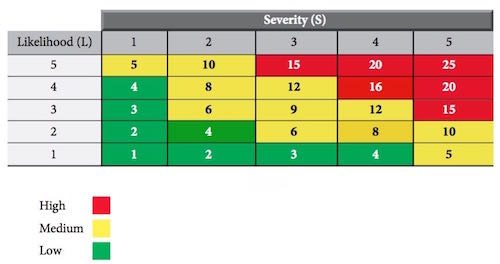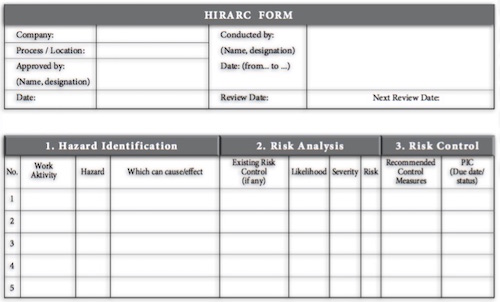What is a confined space?
The confined space is a narrow space where the work should be carried out in it, but can cause dangerous and risky. This is due to lack of ventilation, lack of space to move, the presence of dangerous gases, temperature and so uncomfortable. Examples of confined spaces are tanks, silos, pits and sewerage.
Working in confined space expose someone to a variety of risks. Among the risk is inhaling toxic gases such as hydrogen sulfide (H2S) and Carbon Monoxide (CO), combustible gases such as methane (CH4) or suffocation due to lack of oxygen (O2).
Working in confined space expose someone to a variety of risks. Among the risk is inhaling toxic gases such as hydrogen sulfide (H2S) and Carbon Monoxide (CO), combustible gases such as methane (CH4) or suffocation due to lack of oxygen (O2).
What are the hazards that exist in a confined space?
What type of work and the dangers? Some of the work normally done in a confined space is clean and washing, welding, painting the walls of the tank, inspect, replace equipment, repair and maintenance. Confined space hazards such as lack of ventilation, the presence of insects and reptiles, lack of lighting, ergonomic problems, fires and explosions. Among the accidents that can happen in a confined space is suffocation, lack of oxygen, toxic gas inhalation, electric shock and burns.
How organizations can prevent workers from being exposed to such hazard?
Working in a confined space is dangerous, this is because there are numerous hazards that can cause injury and death to workers. Among the main reasons that contribute to the increased incidence of accidents and fatalities in confined spaces is the lack of knowledge of the employer and employee against the hazards that exist, do not follow safe work procedures for working in confined spaces, and do not wear the appropriate personal protective equipment. In other words, the employer and the employee must:- Know the hazards and risks associated with working in confined spaces.
- Understand the legal requirements and guidelines of the confined space.
- Know the system implementation of safe work in confined spaces.
What is a safe system of work that can be used when working in a confined space?
The employer shall formulate a confined space program, if there is a confined space and the work to be done in it. The program must include at least:
- Identify the hazards
- Hazard control
- Standby person / rescue
- The system permits
- Installation of signs
- Training of employees
- Equipment
- Identification of responsibilities
- The methods of communication
- Additional protection methods
- Emergency procedures
- Alarm
In conclusion, there is a hazard of ventilation compared with physical hazards in confined spaces. Most cases of accidents are caused by not having safe work procedures, no permit system is used, and the employees are not given adequate training and information in respect of work in confined spaces. For some sources, the accident occurred while working with does not have standby person, and some do not use of appropriate personal protective equipment (PPE) when working in confined spaces.














